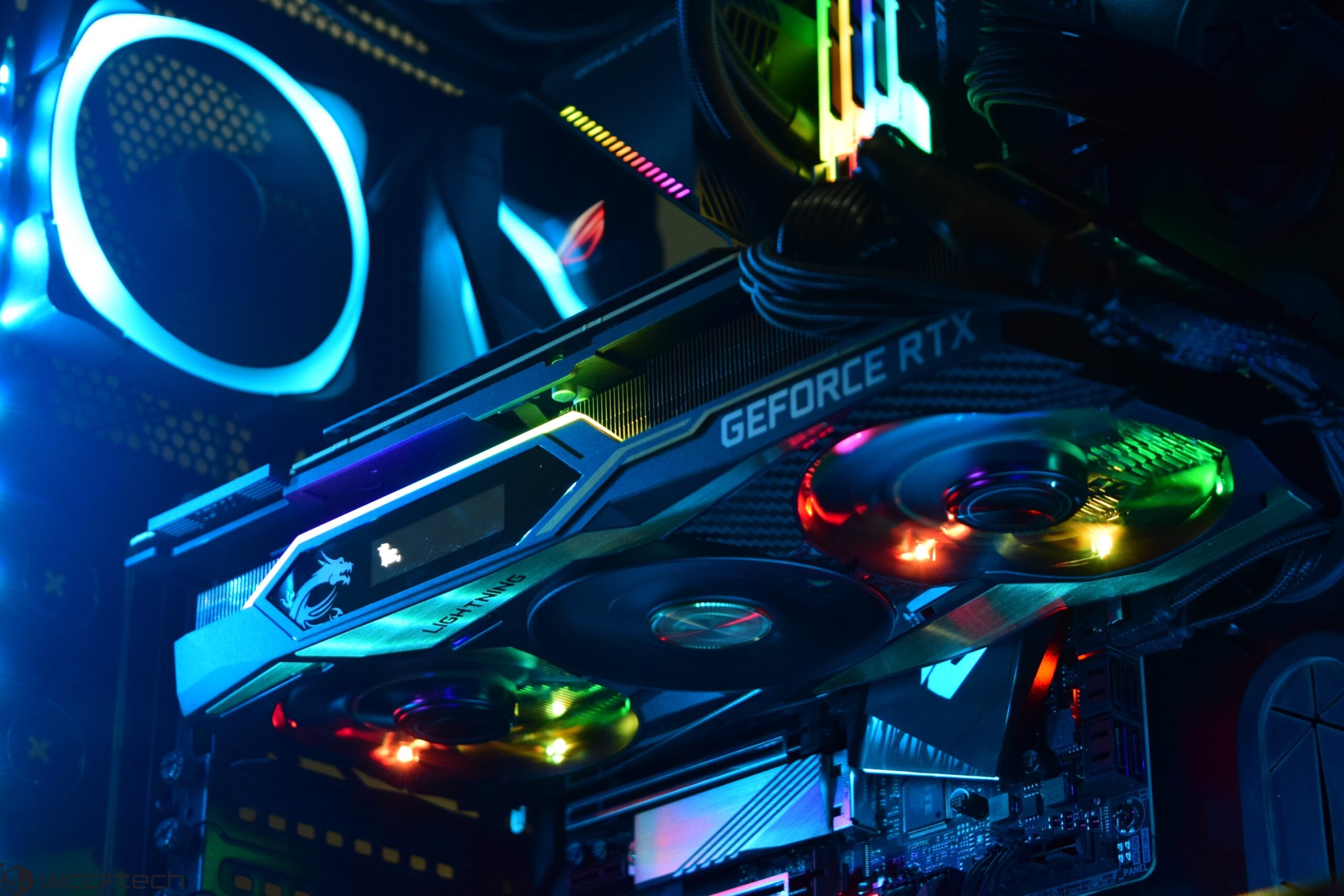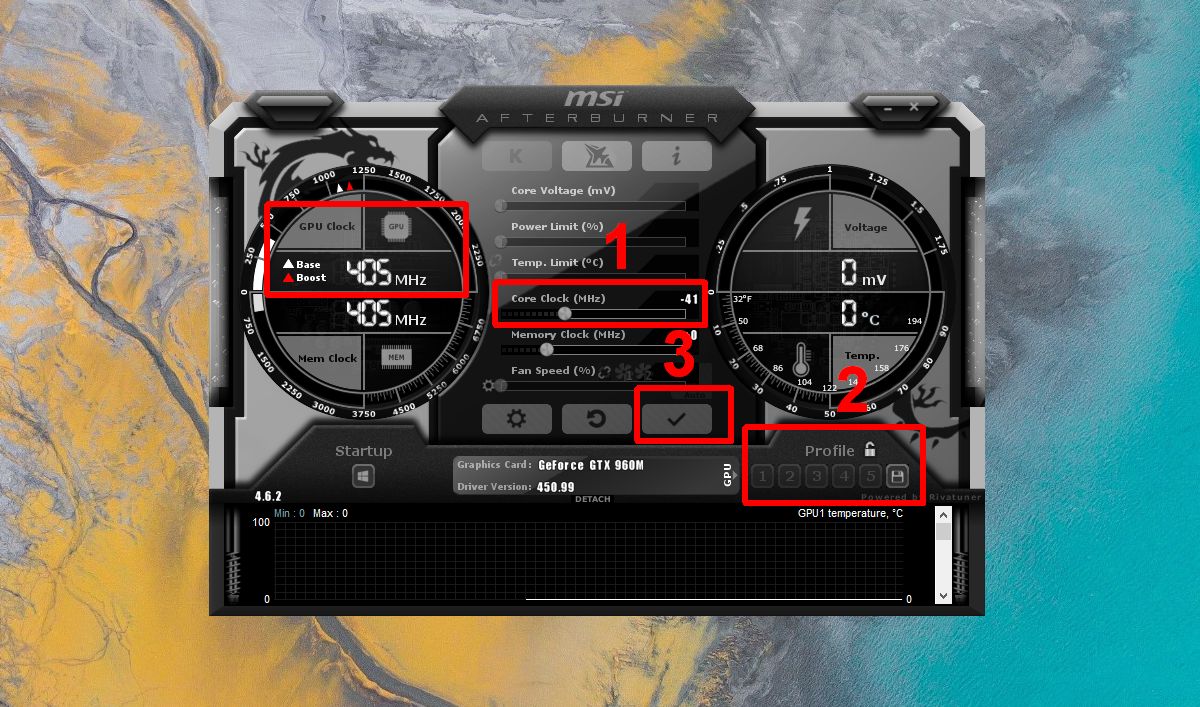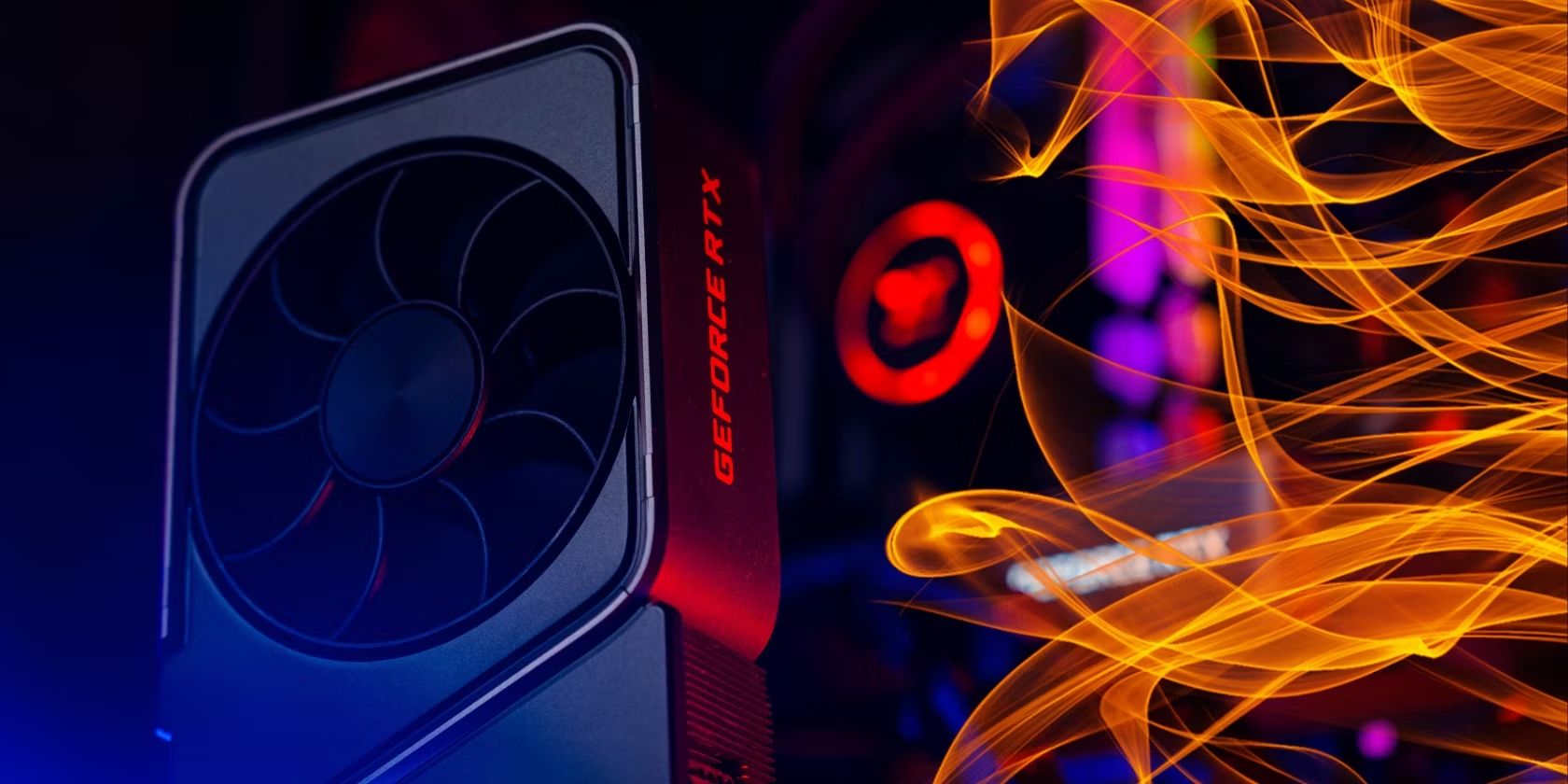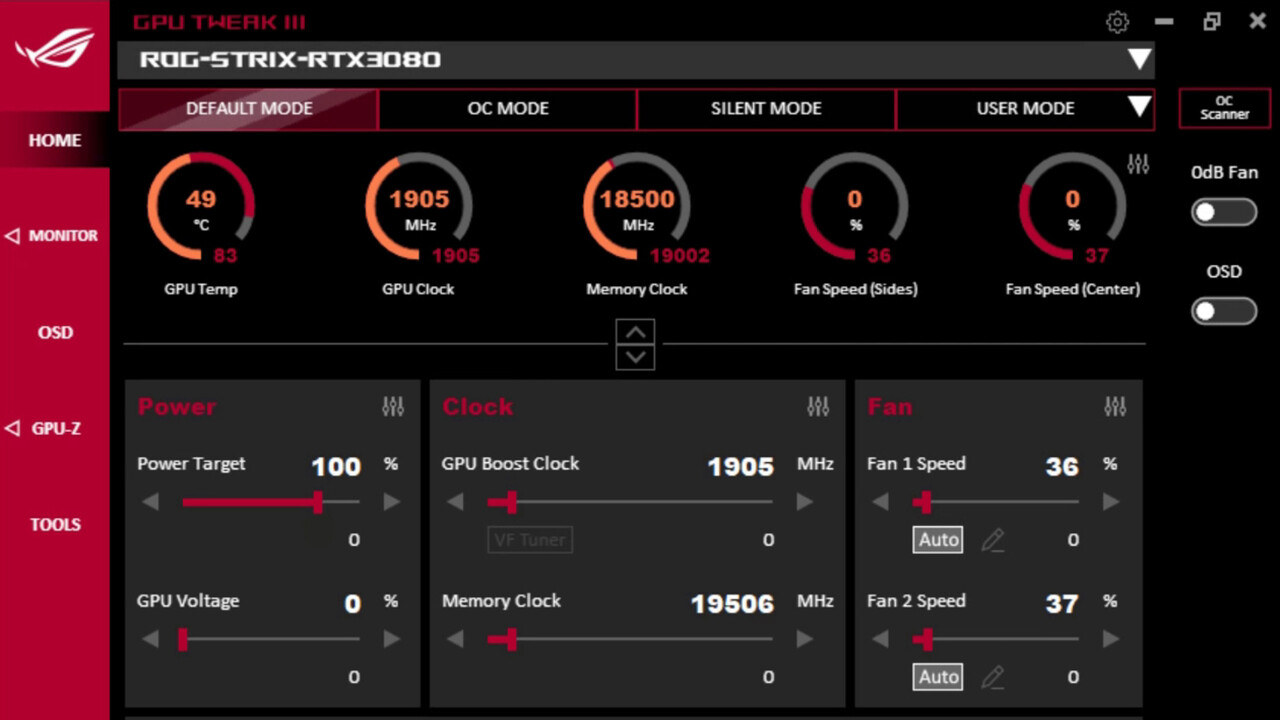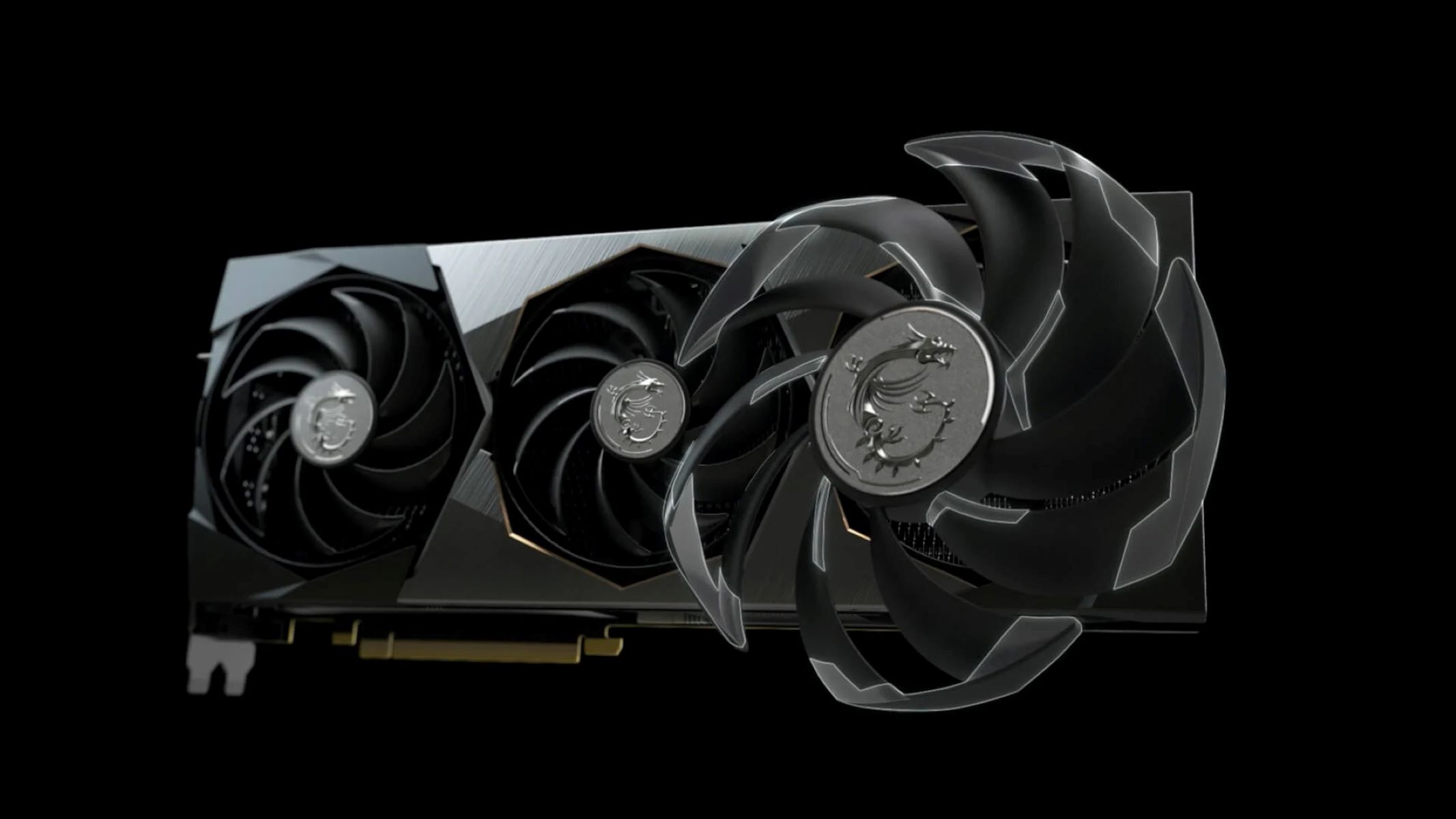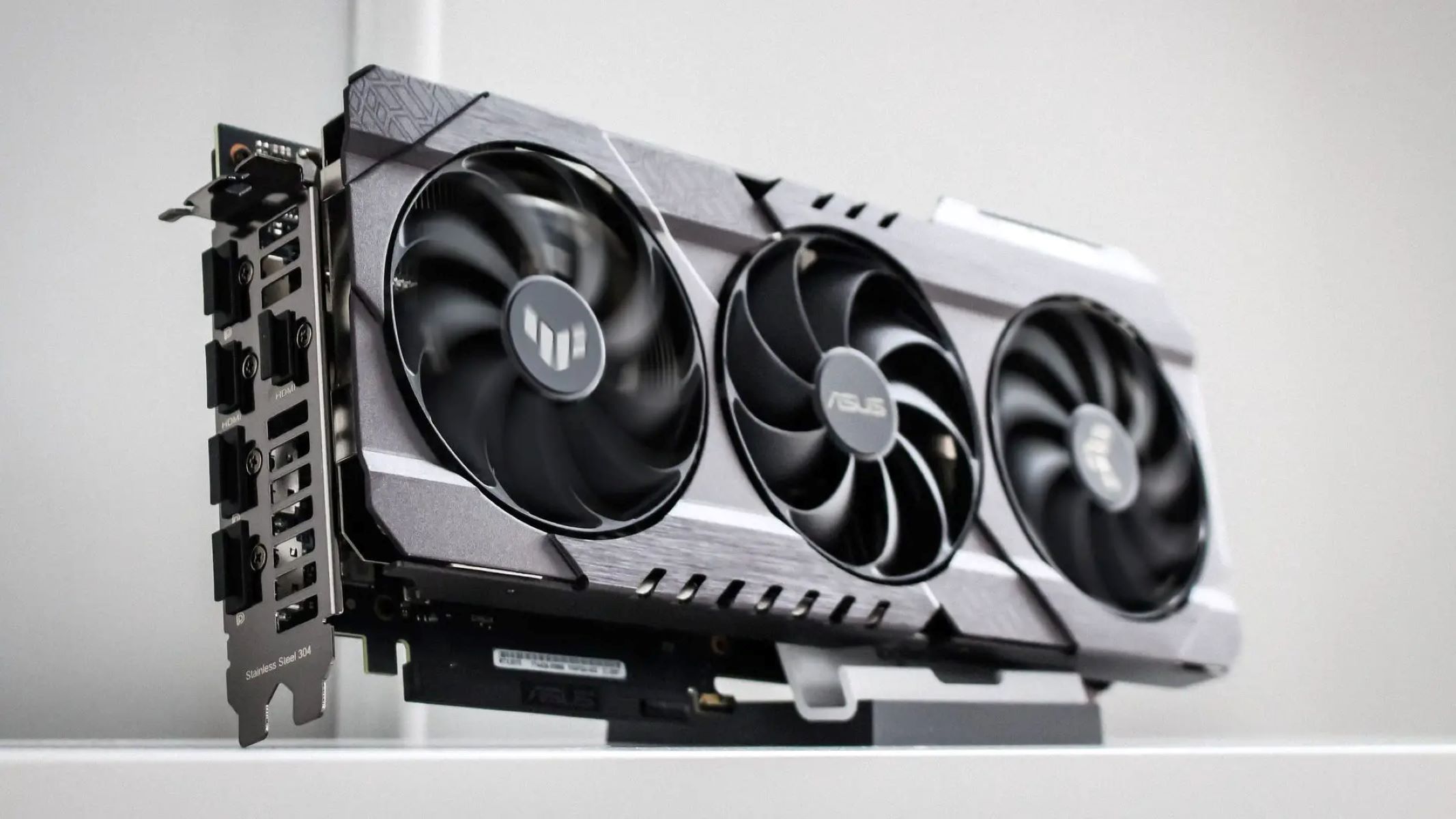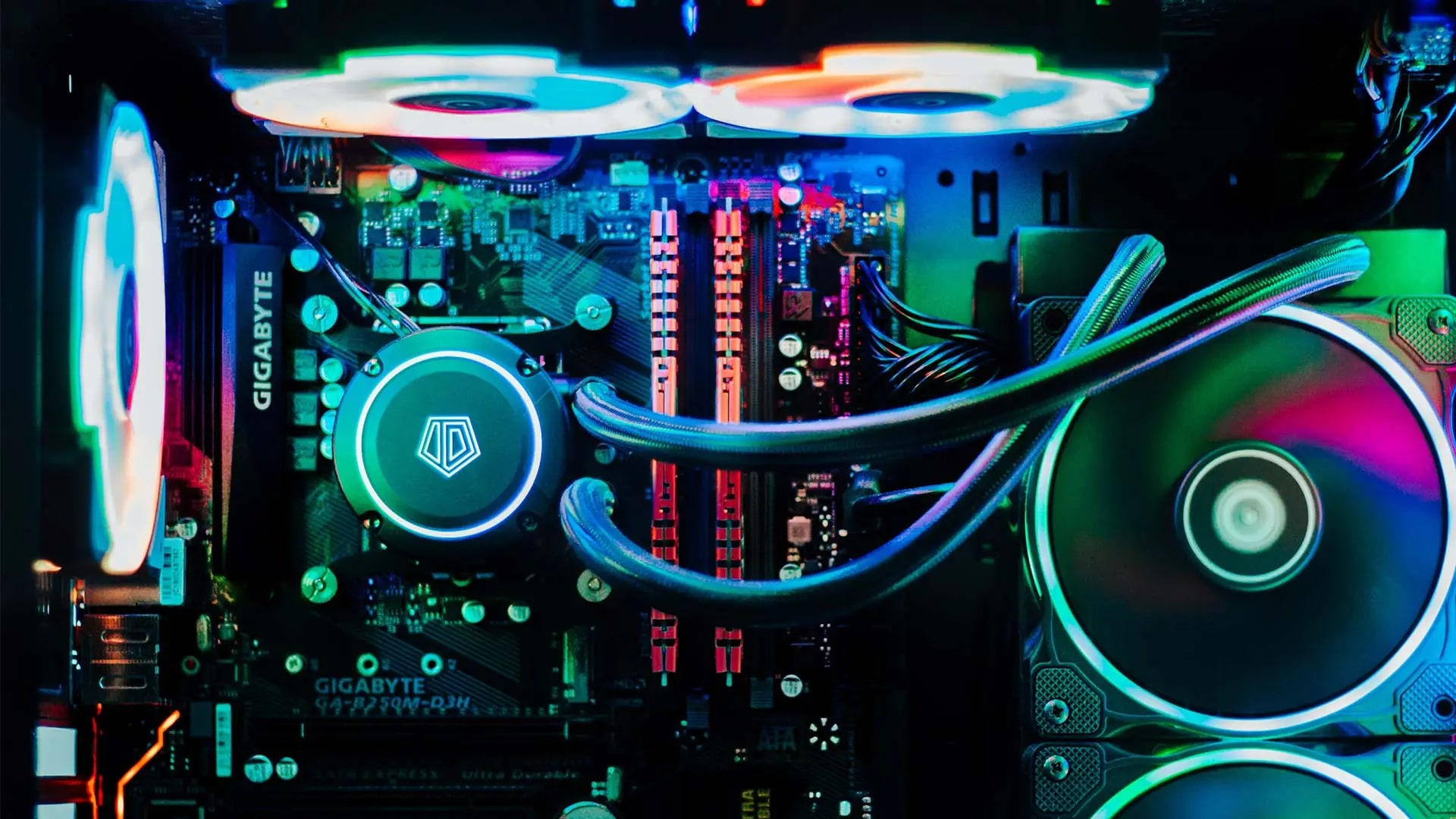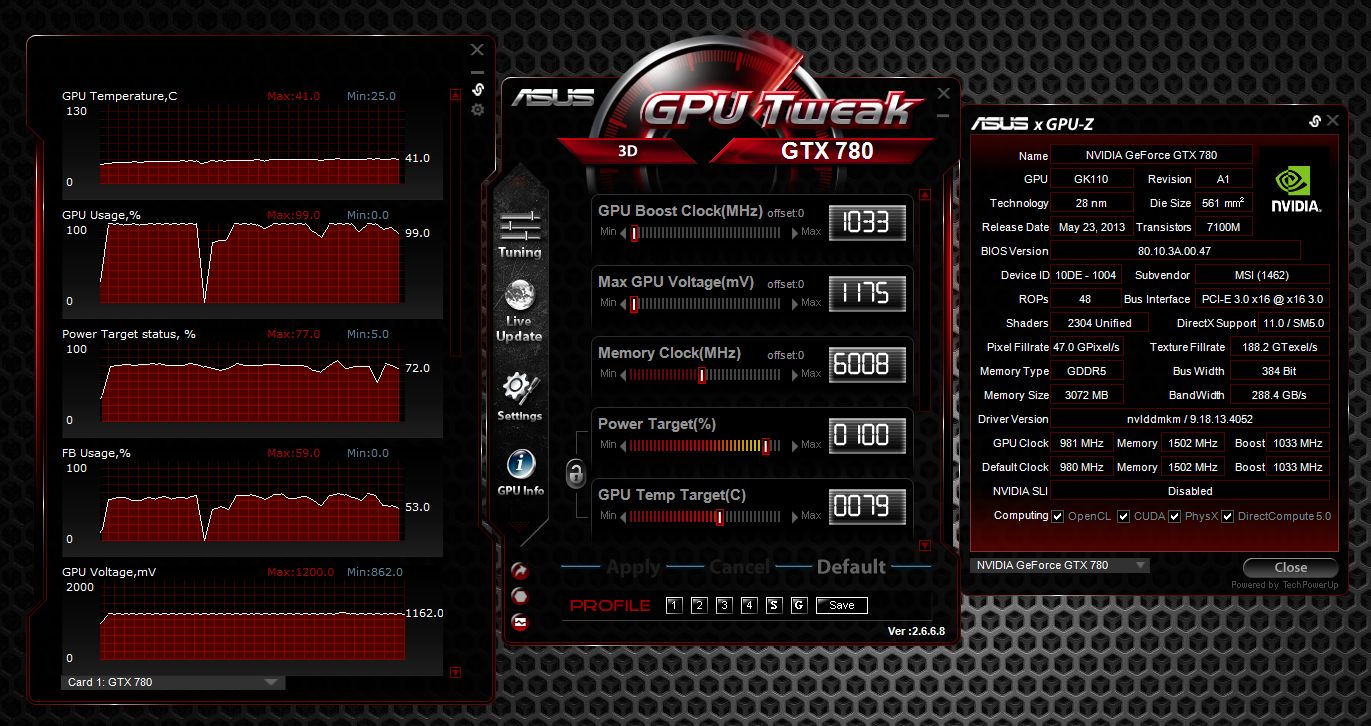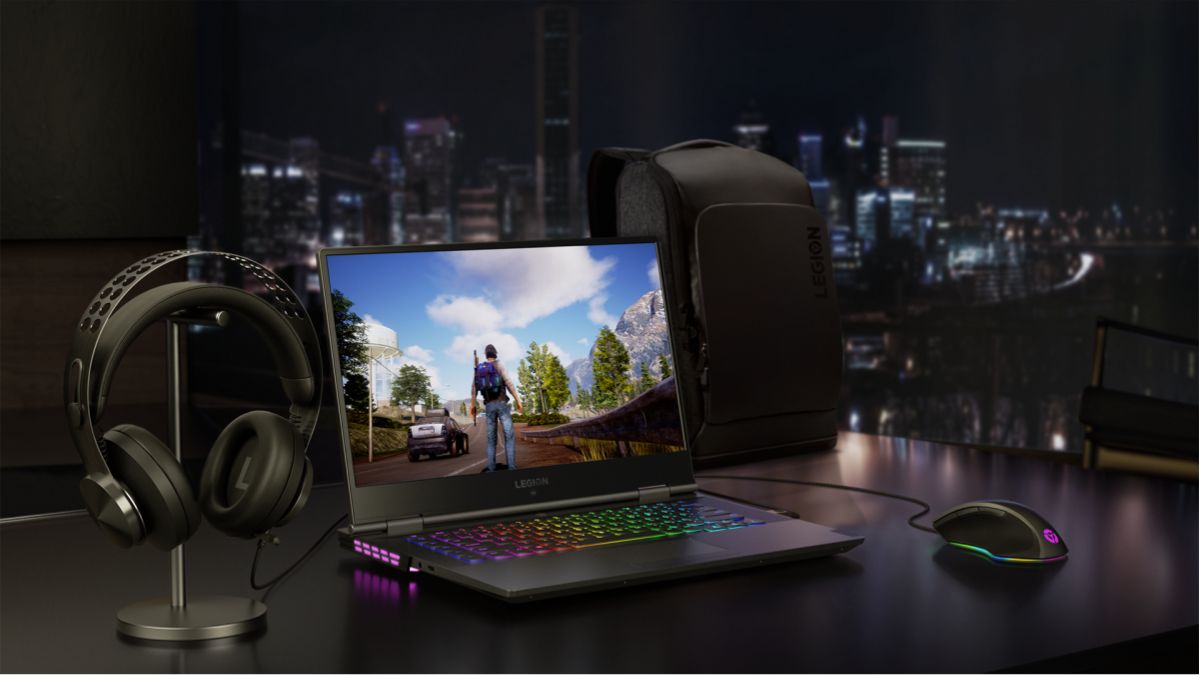Introduction
The performance of a Graphics Processing Unit (GPU) plays a crucial role in the overall functionality and efficiency of a computer system. GPU voltage is a vital component in determining the performance and stability of a GPU. By adjusting the voltage, users can optimize their GPU’s performance to achieve better graphics rendering, gaming experience, and overall system performance. However, it is important to understand the role of GPU voltage and the factors that should be considered before making any adjustments.
This article aims to provide a comprehensive understanding of GPU voltage and guide users on how to adjust it effectively. We will discuss the factors to consider when adjusting GPU voltage, recommend optimal voltage settings, highlight potential risks and issues, and provide best practices to ensure a smooth adjustment process.
Whether you are a gamer looking to enhance your gaming experience or a professional working on graphic-intensive applications, understanding GPU voltage is essential. By fine-tuning the voltage settings, you can improve the stability and performance of your GPU, leading to smoother graphics, faster rendering, and better overall system performance.
Throughout this article, we will delve into the intricacies of GPU voltage adjustment, giving you the knowledge and guidance to make informed decisions. So, let’s dive in and explore the world of GPU voltage adjustment together!
Understanding GPU Voltage
GPU voltage refers to the amount of electrical power supplied to the Graphics Processing Unit (GPU) of a computer system. It plays a crucial role in determining the performance, stability, and power consumption of the GPU. The voltage directly affects the speed at which the GPU operates and can significantly impact the quality of graphics rendering, gaming experience, and overall system performance. To grasp the significance of GPU voltage adjustment, it is essential to understand its workings and implications.
The GPU is composed of numerous transistors, each requiring a specific amount of voltage to function optimally. The GPU voltage is typically adjusted through the use of voltage regulators that deliver the necessary power to the transistors. By adjusting the voltage levels, users can control the operating frequency and power consumption of the GPU.
When the voltage supplied to the GPU is increased, it allows for higher operating frequencies, enabling the GPU to handle more complex tasks and process data at a faster rate. This results in improved graphics rendering, enhanced gaming performance, and smoother overall system operations. Conversely, reducing the voltage can lead to lower power consumption, reduced heat generation, and potentially longer lifespan for the GPU.
However, it is important to note that adjusting GPU voltage is not without risks. Increasing the voltage beyond the recommended limits can result in overheating, instability, and even permanent damage to the GPU. On the other hand, decreasing the voltage too much can cause system crashes, artifacts in graphics rendering, and reduced performance. It is crucial to find the right balance between performance and stability when adjusting GPU voltage.
Understanding GPU voltage is a critical aspect of optimizing your computer system’s performance. By grasping the relationship between voltage, performance, and power consumption, you can make informed decisions when adjusting the GPU voltage to achieve the desired results. In the next section, we will explore the factors that should be considered before making any adjustments to your GPU voltage settings.
Factors to Consider When Adjusting GPU Voltage
Adjusting GPU voltage requires careful consideration of various factors to ensure optimal performance and stability. Before making any changes to your GPU voltage settings, it is important to take the following factors into account:
- GPU Model: Different GPU models have varying voltage requirements and capabilities. It is crucial to refer to the manufacturer’s specifications and guidelines for your specific GPU model to determine the safe voltage limits and recommended settings.
- Thermal Considerations: GPU voltage adjustments can impact the heat generated by the GPU. Higher voltage settings can lead to increased heat output, potentially affecting the overall system temperature. It is essential to have adequate cooling solutions such as fans or liquid cooling systems in place to prevent overheating and maintain stable operation.
- Power Supply: The power supply unit (PSU) in your computer system plays a crucial role in supplying the required voltage to the various components, including the GPU. Ensure that your PSU has sufficient power capacity to handle the increased voltage demands without compromising stability or causing power-related issues.
- Operating Frequencies: Adjusting the GPU voltage can impact the maximum stable operating frequencies. Higher voltages allow for higher frequencies, while lower voltages may require reducing the frequencies to maintain stability. It is essential to find the right balance between voltage and frequency settings to achieve the desired performance without compromising stability.
- Stress Testing: Before applying any significant changes to your GPU voltage settings, it is recommended to perform stress testing. Stress testing tools like FurMark or 3DMark can help assess the stability of your GPU under different voltage settings. Conducting stress tests allows you to identify any potential issues or instabilities that may arise when adjusting the voltage.
Consideration of these factors is vital to ensure a safe and effective adjustment of your GPU voltage. It is crucial to be cautious when making changes and monitor the performance and stability of your system after any adjustments. In the next section, we will explore the recommended GPU voltage settings to help you optimize your GPU’s performance.
Recommended GPU Voltage Settings
Finding the optimal GPU voltage settings can help maximize performance while ensuring stability and longevity. However, it is important to note that the recommended voltage settings can vary depending on factors such as GPU model, cooling solutions, and individual system configurations. Here are some general guidelines to consider when adjusting GPU voltage settings:
- Follow Manufacturer Recommendations: Start by referring to the manufacturer’s documentation or website for recommended voltage settings for your specific GPU model. Manufacturers often provide safe voltage ranges and suggested values to help users achieve optimal performance without jeopardizing the GPU’s health.
- Gradual Voltage Adjustment: When fine-tuning your GPU voltage settings, it is advisable to make small, incremental changes. Increase or decrease the voltage gradually and test for stability and performance after each adjustment. This approach allows you to identify the optimal voltage settings without risking system instability or damage.
- Monitor Temperatures: As you adjust the voltage settings, keep a close eye on the GPU’s temperature. Higher voltages can increase heat output, potentially leading to thermal issues. Use temperature monitoring software to ensure that your GPU remains within safe operating temperatures and adjust cooling solutions if needed.
- Stability Testing: After adjusting the voltage settings, perform stability tests to ensure that your GPU can handle the new settings without crashes, artifacts, or system instability. Utilize stress testing tools and benchmarking software to evaluate the performance and stability of your GPU under different loads and scenarios.
- Consider Power Consumption: Adjusting GPU voltage can impact power consumption. Higher voltages tend to consume more power, while lower voltages can reduce power consumption. Consider your power supply capacity and overall energy efficiency goals when determining the optimal voltage settings for your GPU.
Remember that optimal voltage settings may vary depending on your specific system configuration and usage requirements. Experimentation and careful monitoring are key when finding the sweet spot between performance, stability, and power consumption. It is always recommended to maintain a balance and not push your GPU beyond its safe limits. In the next section, we will discuss the potential risks and issues associated with adjusting GPU voltage.
Risks and Potential Issues of Adjusting GPU Voltage
While adjusting GPU voltage can optimize performance, it is not without risks. It is important to be aware of the potential issues that may arise when modifying GPU voltage settings. Here are some risks and potential issues to consider:
- Overheating: Increasing GPU voltage can lead to increased heat generation. If the cooling system in your computer is not sufficient to handle the increased heat, it can result in overheating. This can cause instability, system crashes, and potentially damage the GPU if not resolved promptly.
- Decreased Lifespan: Running the GPU at higher voltage levels consistently can potentially reduce its lifespan. Higher voltage can put stress on the transistors and other components, leading to premature wear and tear. It is important to strike a balance between performance and longevity.
- System Instability: Adjusting GPU voltage can occasionally lead to system instability. If the voltage settings are too high or too low, the GPU may not operate reliably, resulting in crashes, blue screens, or graphical artifacts. Finding the right voltage setting that offers stability is crucial.
- Power Consumption: Increasing GPU voltage generally leads to higher power consumption. If you are concerned about energy efficiency or have a limited power supply capacity, adjusting the voltage settings may impact your overall power consumption.
- Voiding Warranty: Modifying GPU voltage settings may void the manufacturer warranty. It is essential to check the warranty terms and conditions before making any adjustments. If you are unsure, seek guidance from the manufacturer or consider consulting with an expert.
To mitigate these risks and potential issues, it is crucial to approach GPU voltage adjustments with caution. Gradually adjust the voltage in small increments, monitor temperatures, and perform stability tests after each change. By doing so, you can minimize the likelihood of overheating, instability, or other adverse effects.
It is also worth noting that the extent to which you can adjust GPU voltage may be limited by the manufacturer or the specific GPU model. Some GPUs have locked voltage settings to prevent users from exceeding safe limits. Before attempting any voltage adjustments, check the capabilities and limitations of your GPU to ensure safe and effective modification.
In the next section, we will discuss how to adjust GPU voltage and provide best practices for a successful voltage adjustment process.
How to Adjust GPU Voltage
Adjusting GPU voltage requires careful consideration and precision to achieve optimal performance and stability. Here are the general steps to follow when adjusting GPU voltage:
- Research and Documentation: Begin by familiarizing yourself with the manufacturer’s documentation and guidelines for your specific GPU model. This information will provide insight into the recommended voltage ranges and any limitations or precautions to be aware of.
- GPU Tweaking Software: Install GPU tweaking software that allows voltage adjustments. Popular software options include MSI Afterburner, EVGA Precision, or AMD Wattman (for AMD GPUs). These programs offer intuitive interfaces and settings to modify various GPU parameters, including voltage.
- Incremental Adjustments: Start by making small, incremental adjustments to the voltage. Increase or decrease the voltage settings by a small amount (e.g., 10-20mV) and apply the changes. It is crucial to make gradual adjustments to monitor the impact on stability and temperature.
- Temperature Monitoring: Throughout the voltage adjustment process, closely monitor the GPU’s temperature using monitoring software. Ensure that the temperature remains within safe operating limits and that the adjustments do not cause excessive heat generation.
- Stability Testing: After each voltage adjustment, perform stability tests to assess the GPU’s performance and reliability. Utilize stress testing tools or run demanding applications and games to evaluate stability and identify any potential issues.
- Iterative Approach: Based on the stability test results, continue making incremental adjustments to voltage settings until you find the optimal balance between performance and stability. Monitor the GPU’s temperature and system stability throughout the process.
It is important to exercise caution and patience when adjusting GPU voltage. Avoid making drastic voltage changes without proper testing and monitoring. Gradual adjustments and iterative testing will allow you to fine-tune the settings and achieve the desired performance gains without compromising system stability.
Remember that the specific steps and terminology may vary depending on the GPU model, software used, and individual system configurations. Always refer to the manufacturer’s guidelines and seek expert advice if needed to ensure safe and effective voltage adjustments.
In the next section, we will provide best practices to consider when adjusting GPU voltage to optimize your overall experience.
Best Practices for GPU Voltage Adjustment
When adjusting GPU voltage, following best practices can help ensure a successful and safe adjustment process. Here are some key considerations to keep in mind:
- Research and Preparation: Before making any adjustments, thoroughly research and understand the capabilities and limitations of your specific GPU model. Consult the manufacturer’s documentation, user forums, and reliable sources to gather information about recommended voltage ranges and potential risks.
- Gradual Adjustments: Make voltage adjustments gradually, in small increments. It is advisable to increase or decrease the voltage by around 10-20mV at a time and then test for stability and performance. This approach allows you to identify the optimal voltage settings without risking system instability or damage.
- Temperature Monitoring: Monitor your GPU’s temperature closely throughout the adjustment process. High voltage settings can increase heat generation, and it is essential to ensure that the cooling system can handle the additional thermal load. Use temperature monitoring software to keep track of the temperatures and make necessary adjustments to cooling solutions if needed.
- Stress Testing: Conduct stress tests after each voltage adjustment to assess stability and performance. Utilize stress testing tools and benchmarking software to put your GPU under heavy load and ensure that it can handle the new voltage settings without crashes, artifacts, or other stability issues.
- Keep an Eye on Power Consumption: Adjusting GPU voltage can impact power consumption. Consider the power supply capacity and overall energy efficiency goals of your system. It is essential to find the right balance between performance and power usage, especially if you have specific power limitations or sustainability objectives.
- Document Your Changes: Keep track of the voltage adjustments you make and their corresponding effects on performance and stability. Recording the changes will help you understand what works best for your specific GPU and system configuration. It also serves as a reference point if you need to revert to previous settings or troubleshoot any issues.
- Monitor for Stability: Once you have found stable voltage settings, continue to monitor your GPU for any signs of instability or abnormal behavior. Regularly check for crashes, artifacts, or system freezes. If you encounter any issues, consider adjusting the voltage settings accordingly or seeking expert assistance if needed.
Remember that GPU voltage adjustment can have varying effects depending on individual system configurations and usage patterns. It is crucial to strike a balance between performance gains, system stability, and the longevity of your GPU. If in doubt, consult with professionals or reach out to the GPU manufacturer’s support for guidance.
By following these best practices, you can fine-tune your GPU voltage settings effectively and optimize your overall GPU performance and experience.
Conclusion
Adjusting GPU voltage can be a powerful tool in optimizing the performance and stability of your computer system. By understanding the role of GPU voltage, considering various factors, and following best practices, you can achieve better graphics rendering, improved gaming experiences, and overall system performance.
Throughout this article, we have explored the importance of GPU voltage and the factors to consider when adjusting it. We highlighted the risks and potential issues associated with voltage adjustments and discussed the recommended voltage settings. We also provided a step-by-step guide on how to adjust GPU voltage and shared best practices to ensure a successful adjustment process.
It is important to remember that GPU voltage adjustments should be approached with caution and care. Gradual adjustments, temperature monitoring, stress testing, and close observation of system stability are key to finding the optimal voltage settings for your specific GPU and system configuration.
Always refer to the manufacturer’s recommendations and guidelines, and be mindful of any warranty implications when making adjustments. If you are uncertain or uncomfortable with adjusting GPU voltage on your own, it is advisable to seek guidance from experts or the manufacturer’s support team.
With the right knowledge, preparation, and approach, adjusting GPU voltage can unlock the full potential of your GPU, delivering enhanced graphics performance and an improved computing experience. Take the time to understand your GPU’s capabilities, experiment cautiously, and monitor the results to achieve the optimal balance between performance, stability, and longevity.
By following the guidelines and best practices outlined in this article, you can confidently venture into adjusting GPU voltage and maximize the capabilities of your GPU, ultimately enhancing your overall system performance.







